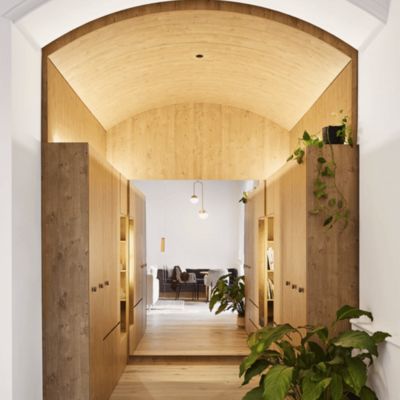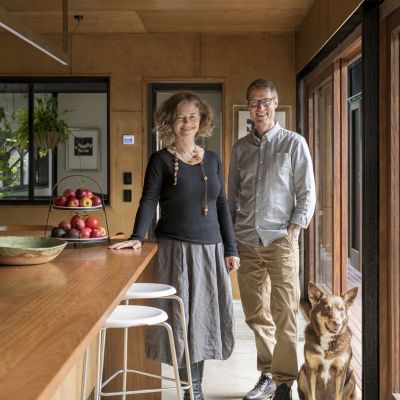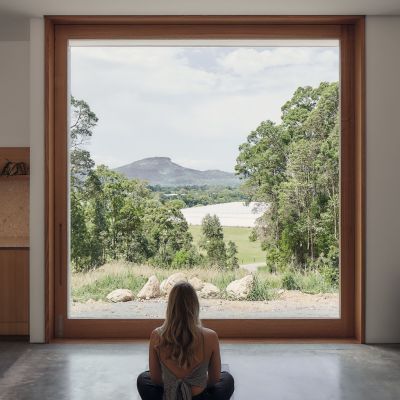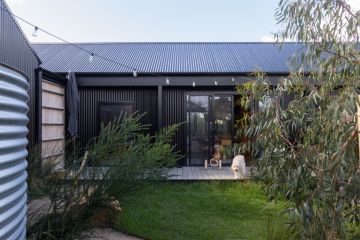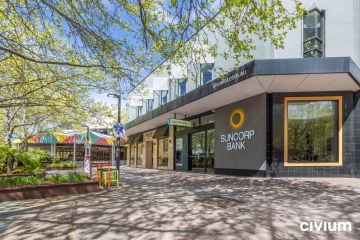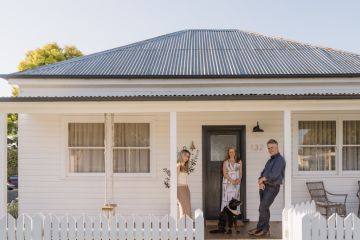Affordable building: The small Tasmanian house that's built to be moved
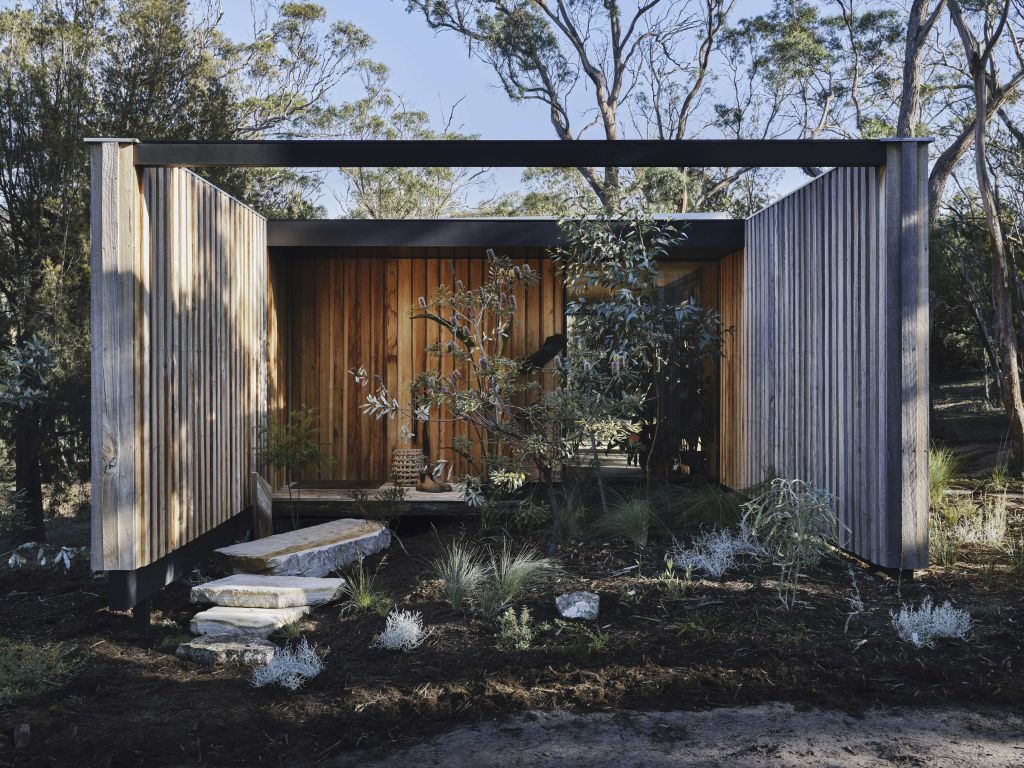
He’s architecturally trained and a renowned tech head at one of Australia’s young progressive practices, the multi-award winning Archier.
But he got the strategy for building a first home for himself and his partner entirely the wrong way round.
Josh FitzGerald designed and self-built a lovely but admittedly small abode for himself and long-time girlfriend Millie Ashton in a rural area across the Derwent from Hobart.
It’s only 53 square metres of studio-style accommodation and doesn’t even have a sofa. Yet even while working from home during lockdown and electively afterwards, he says Casa Acton “was so easy to be in. Unbelievably happy and comfortable.”
It proved his premise “that you can live small without feeling claustrophobic”. But why and how did he do it so differently, putting the house before the site?
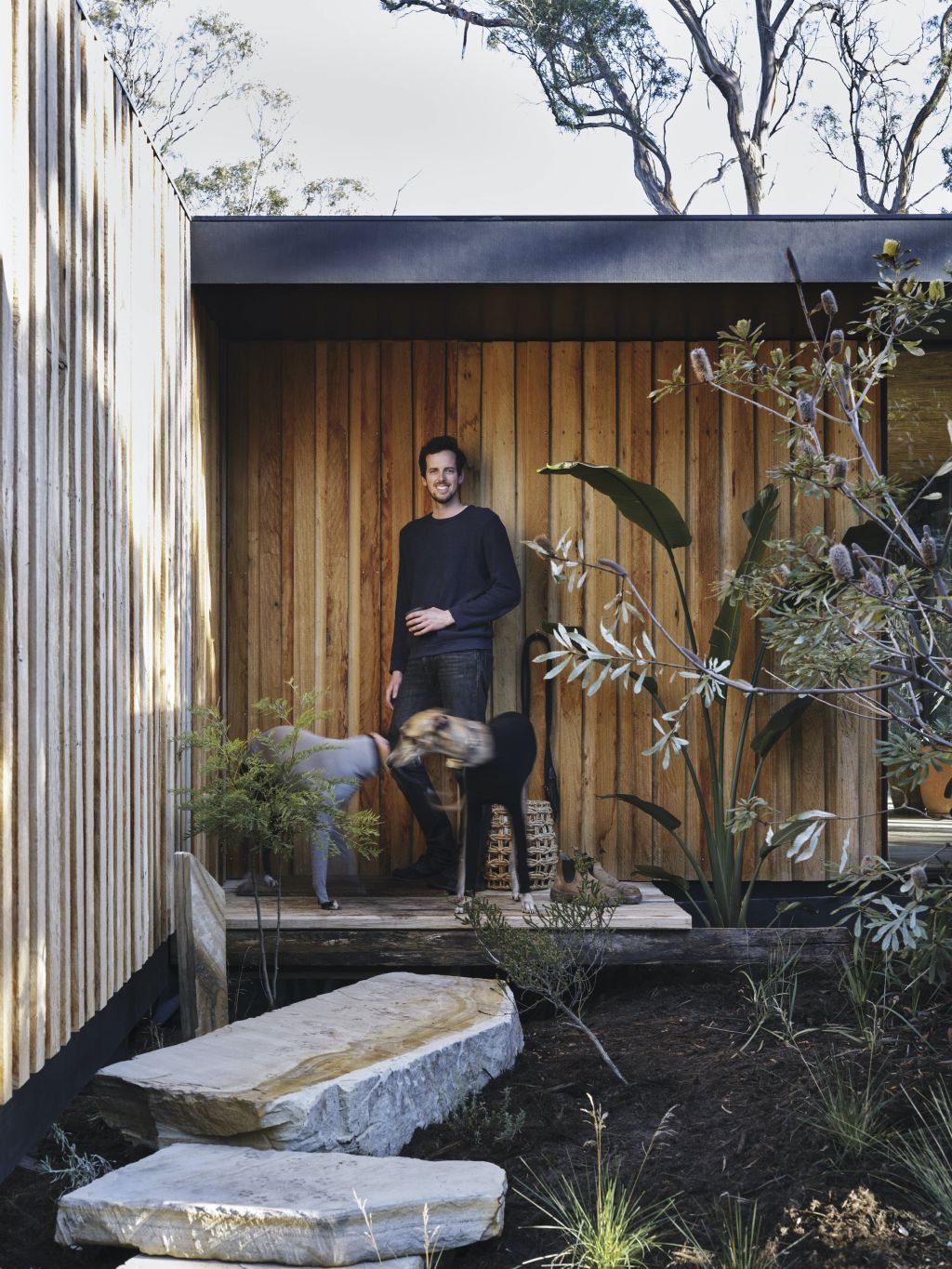
At the invitation of her father, the couple have parked their 11 x 4.8 metre dwelling that is clad with rough-sawn blue gum, and lined with SIPS (self-insulating) panels, on her dad’s property on the understanding that it can remain for five years while the couple save for land.
Then, the whole box and dice – save the screening timber walls of the entry courtyard – will be lifted by crane, put on the back of a truck, and transported to what will be the couple’s permanent address to become the foundation wing of an extended home.
FitzGerald describes the exercise as testing out “an alternate means of procurement” of a house and land package that keeps all the economies achievable because “after five years we’ll probably have enough money in our pockets to buy land”.
Using the Canadian-made SIPS panels, which are structural (load-bearing), affordable, insulating, and when left unpainted to reveal the wood fibre out of which they are made have a “raw aesthetic” that he says “has a gorgeous patternation, like gum leaf litter”, FitzGerald actually scaled his house to the panels as delivered.
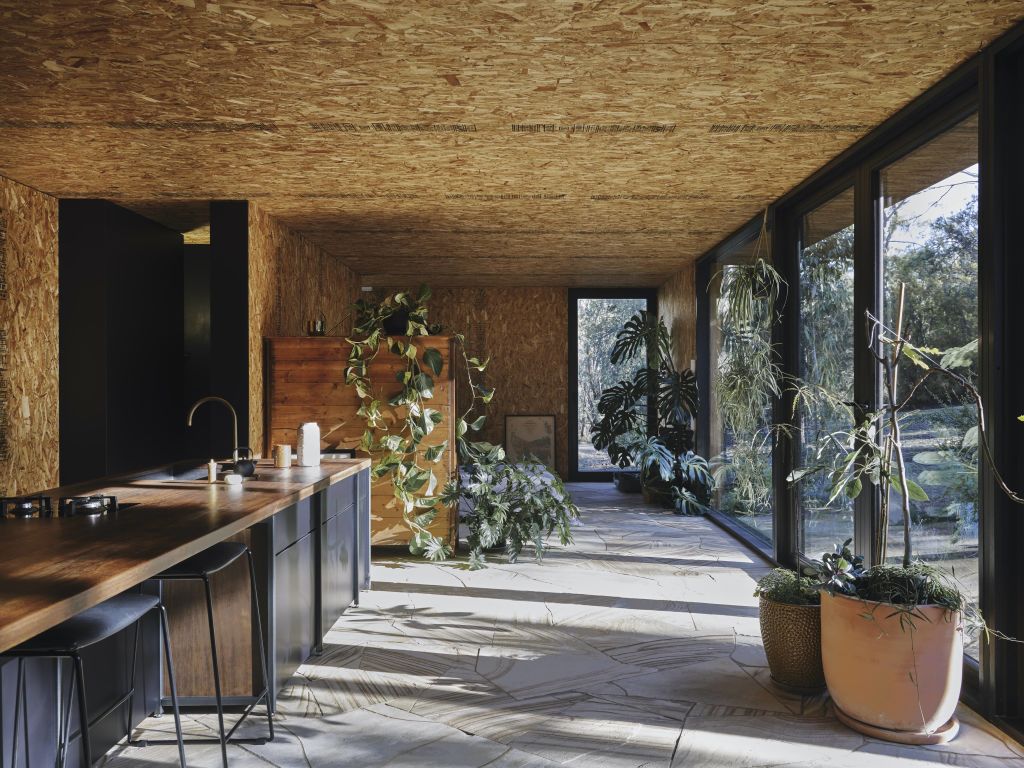
By simplifying the structural requirements, he elected to be the builder which gave him the chance to step beyond the theoretical nature of architectural work “and understand the processes and how it all goes together”.
“That’s a lot of what this was about for me. I wanted to get involved. I wanted to get my hands dirty. I now know how hard it is to install windows and appliances and an eave-less gutter. But I now also know [as an owner/builder] it’s feasible,” FitzGerald says.
Because the couple didn’t want their moveable house to feel like a conventional tiny home or a shipping container-based build – “we didn’t want it to feel light and tinny” – FitzGerald also became his own stonemason, cutting and laying in a beautiful sandstone crazy paved floor. “That took me about a year.”
The effect of that labour is not only a resonance with the organic-rawness of the walls, “but it gives the place a sense of permanence”.
When the house with the steel bearer sub-structure is lifted, the sandstone comes along with it. “And hopefully it won’t crack.”
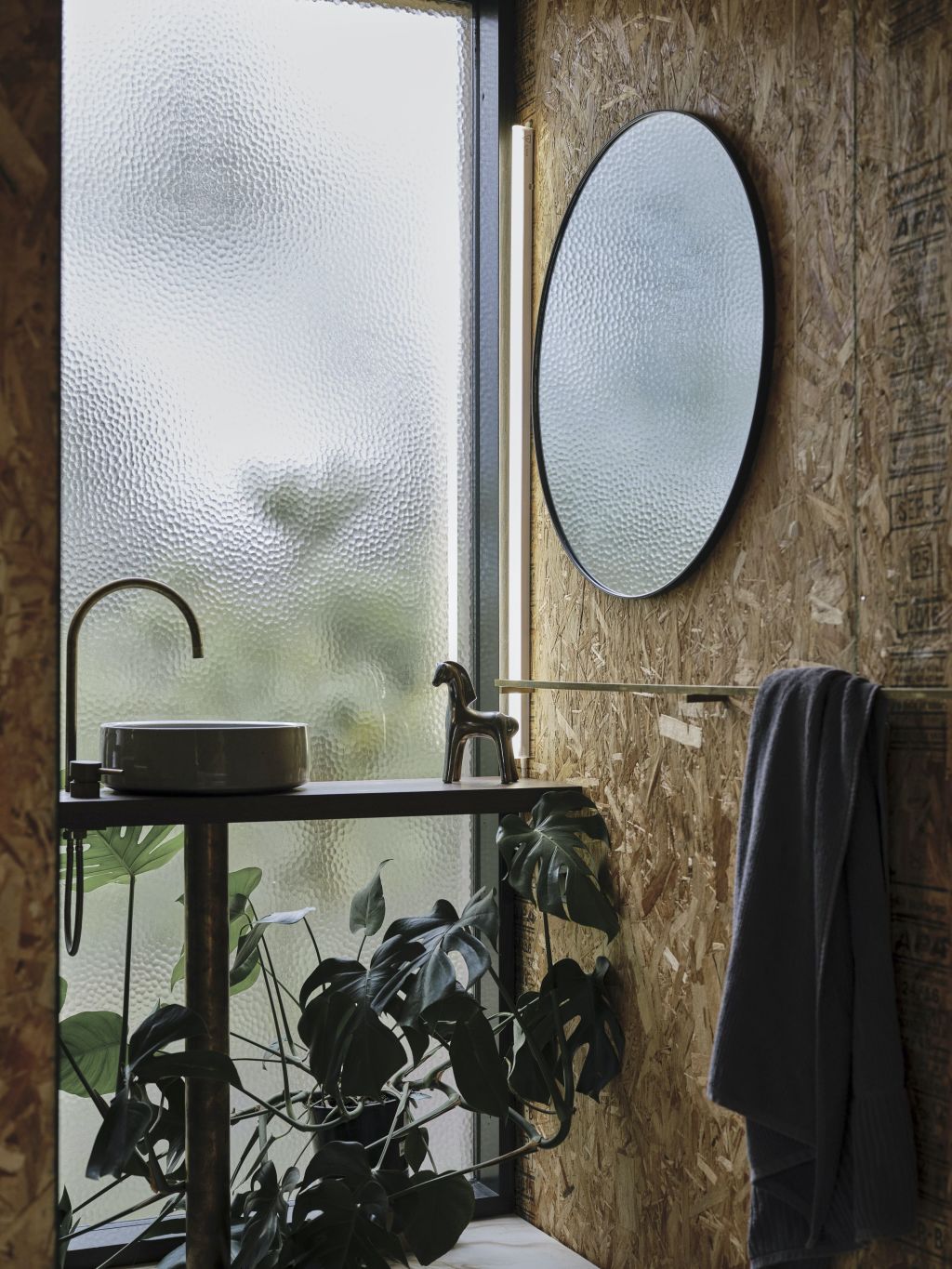
With a two-burner stove, a bar fridge, a piece of historic cabinetry separating the living space from the bed space, but lots of indoor plants, wide, floor-to-ceiling windows and a Japanese-style orchestration of light and shadow, Casa Acton is a study in simple sufficiencies that FitzGerald finds “unbelievably satisfying”.
“It’s not a temporary dwelling. It’s designed to be lightweight but is made well and of materials that will last and not date. It’ll be around for a long time.”
Within such a small footprint, the spatial divisions are clever: The galley kitchen, for instance, steps down by 190 millimetres, “just a single step”, so the island doesn’t dominate what is essentially a one-room abode.
The bathroom in the space behind the bedhead has put the sculptural basin and vanity outside of the shower/toilet alcove. With dimpled window opacity, Fitzgerald finds “this rather narrow space a moment of real delight”.
His summation of the experience of making the starter wing of the couple’s long-term home is, he says “one of being mindful and aspiring to less”.
We recommend
We thought you might like
States
Capital Cities
Capital Cities - Rentals
Popular Areas
Allhomes
More
